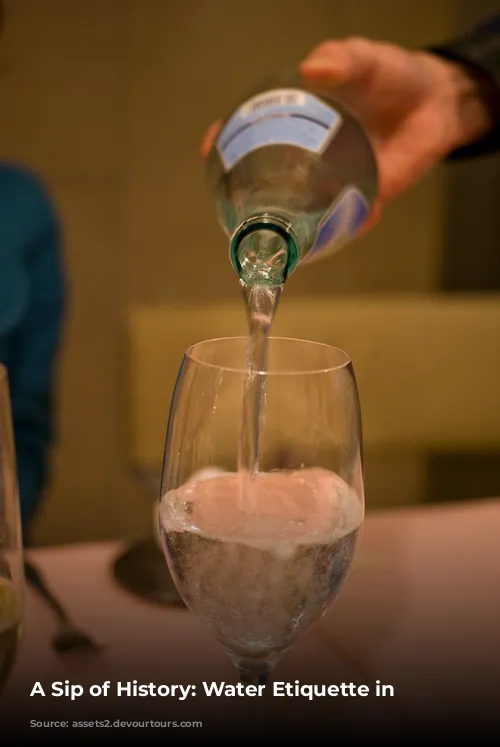Rome, the Eternal City, holds a deep and fascinating relationship with water. It’s not just a beverage; it’s an integral part of the city’s culture and daily life.
A city built on water
Imagine driving into Rome, passing ancient structures that stand as proud reminders of the past. These towering aqueducts, with their iconic arches, whisper tales of a time when Rome thrived thanks to a constant flow of fresh water. It’s no surprise that Rome blossomed into a bustling metropolis because of its reliable water supply. Even today, the Acqua Vergine, a system built centuries ago, still carries fresh water from the hills, supplying fountains like the magnificent Trevi.
Water’s role in Roman society
This intimate connection with water extends beyond the practical. Romans take their water seriously, even down to the way they drink it. Don’t be surprised if you commit a water faux pas! This guide will help you navigate the water etiquette of this historic city.
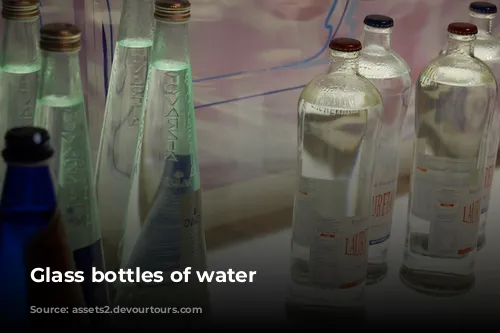
The Tap Water Mystery
You might be relieved to know that tap water in Rome is perfectly safe to drink. However, that doesn’t mean it’s always acceptable. Imagine this: you arrive in Rome, settle into your new place, and quench your thirst with a glass of tap water. Your Italian roommates give you a look as if you’d done something terribly wrong. It’s considered socially awkward to offer tap water to guests, even if it’s perfectly drinkable. The norm is to have a few bottles of still and sparkling water chilling in the fridge.
This custom extends to restaurants. You’ll rarely be offered tap water at a restaurant, even though it’s safe to drink. However, there’s a strange quirk – at bars, tap water is the usual offering. A quirk of Italian culture, perhaps?
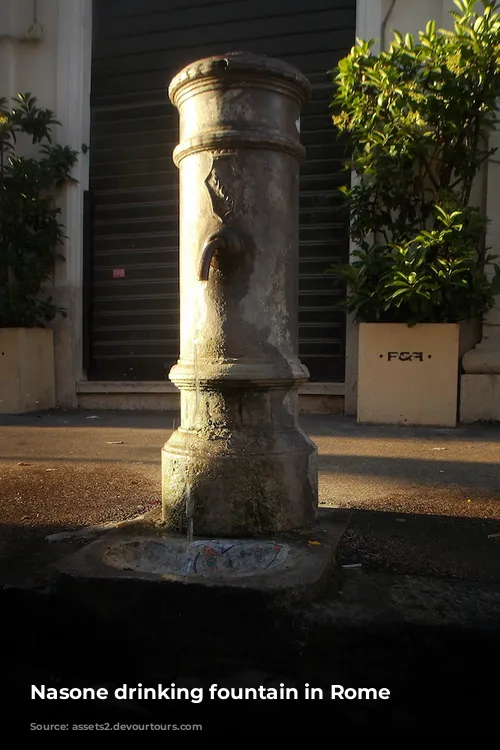
Water: A Passion for Perfection
Italians are known for their discerning palates. They have a passion for quality in everything they eat and drink, from coffee beans to tomatoes. This extends to water.
Step into any supermarket, and you’ll be met with a kaleidoscope of bottled water. Each brand boasts its unique source, flavor, and level of fizziness. It’s no wonder that everyone has their favorite.
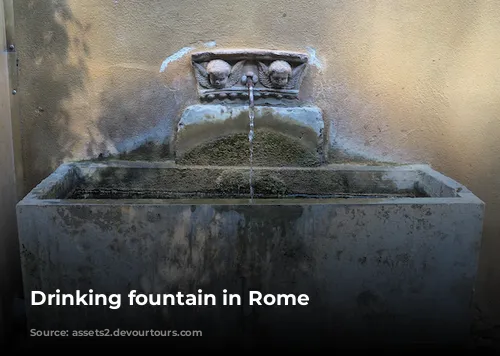
A Watery Welcome
At a restaurant, your waiter will greet you with a question: “Naturale or frizzante?” This is their way of asking what kind of water you prefer – still or sparkling. A large, chilled bottle will soon grace your table.
While some restaurants offer filtered water, most serve it in glass bottles. This applies to all eateries, from the humble pizzeria to the Michelin-starred restaurant. The only downside is that each bottle comes with a small charge (usually around €2), which can add up if you’re dining with a large group who loves their water.
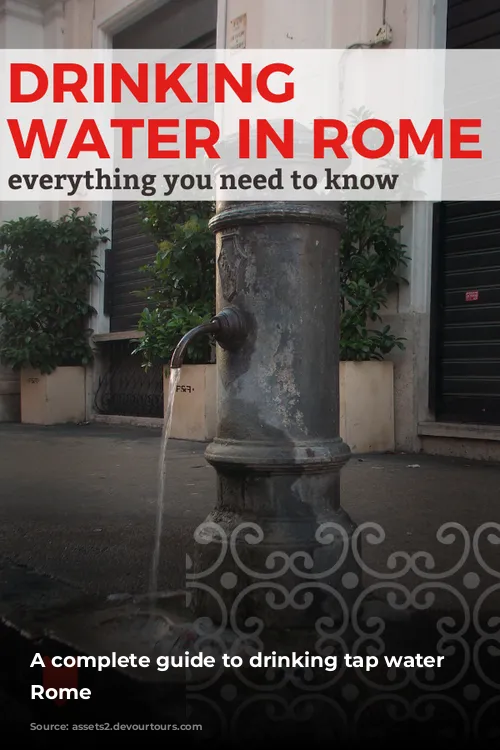
The Gift of Free Fountain Water
But don’t worry, Rome offers a bounty of free, drinkable, and clean water. There are two main sources:
In ancient times, Romans obtained their water from fountains connected to the aqueducts. These fountains still exist throughout the city. You’ll find sink-like fountains attached to walls, especially in the city center. Feel free to use them to fill your bottle. Don’t worry about figuring out which fountains have drinkable water – it’s assumed to be safe unless a sign says “acqua non potabile.”
But the most iconic drinking fountain in Rome is the nasone, meaning “big nose.” These hydrant-shaped structures sprout water constantly, offering a refreshing drink. They’re a common sight in older parts of the city. Romans use them for everything, from filling water bottles to washing hands and even giving their dogs a drink.
A Unique Drinking Experience
Want a true Roman experience? Try drinking from a nasone without a bottle. It might seem strange at first, but it’s a delightful way to connect with the city’s history. There’s a clever trick to it. The metal tap has a small hole on top. Plug the main hole with your finger, and the water will squirt out of the small hole, creating a mini-fountain. Feel the water splash on your shoes and run down your chin – you’ll know you’re truly experiencing Rome.
Rome, a city rich with history and tradition, reminds us that even something as simple as water can be a cultural object, a connection to the past, and a source of unique experiences. So, grab a bottle, find a fountain, and enjoy the water that flows through the veins of this ancient city.
